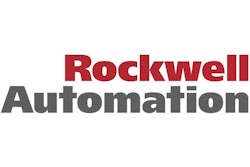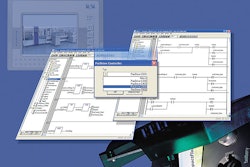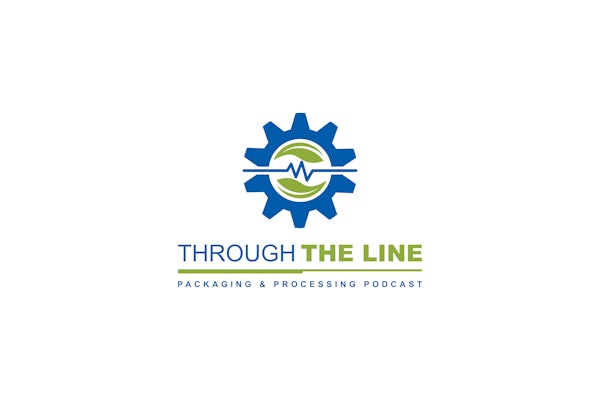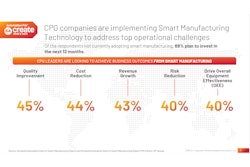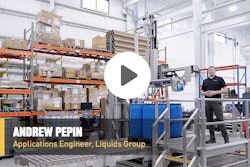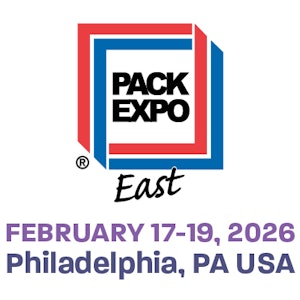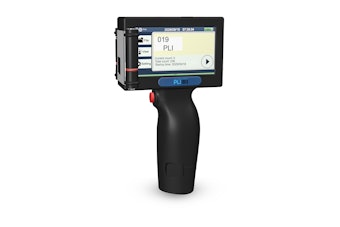Jan Pingel, director of software automation at Sweden’s Getinge AB, a global provider of equipment and systems to customers within the health care, extended care and pharmaceutical industries, says, “We are looking at ANSI/ISA-S88 and ANSI/ISA-S95 standards because we see that customers require more and more integration of the machines into their infrastructure.”
“We’re not there [integrated on S88], yet,” states Pingel, “mostly because we are standardized on Rockwell Automation products and we are waiting for the next release of its Logix program development software.” Although Rockwell has guidelines on how to implement S88 within its current software, the new version is supposed to have S88 embedded right out of the box, Pingel says. Another hurdle is that just doing S88 within Getinge’s own system is not enough for its customers, Pingel adds. “There is a need to integrate with all the systems that are already out there. Further, customers have not all decided what directions they are going.”
What’s in it for us?
Although some customers have begun to ask for compliance to standards, Getinge corporate managers back in Sweden have asked Pingel the inevitable question, “What’s in it for us?” One reply is that the company has factories all over the world. Adherence to standards “will make our platform more stable and consistent,” Pingel says.
“Embedding standards such as S88 within our machines makes the software look like firmware to the customer,” Pingel observes. “This should make it easier for the customer to validate start up and future changes to the process.”
Customers can move recipe building into their Manufacturing Execution Systems, and then it becomes simply a matter of making the software connections to the machine’s control, Pingel explains. “So, if customers have validated the process with one of our machines, adding another machine for increased production that is exactly the same should greatly reduce validation time, getting production up and running much more quickly. This would be a real competitive advantage.”
See the story that goes with this sidebar: Promises, Promises, What’s In It for Me?



